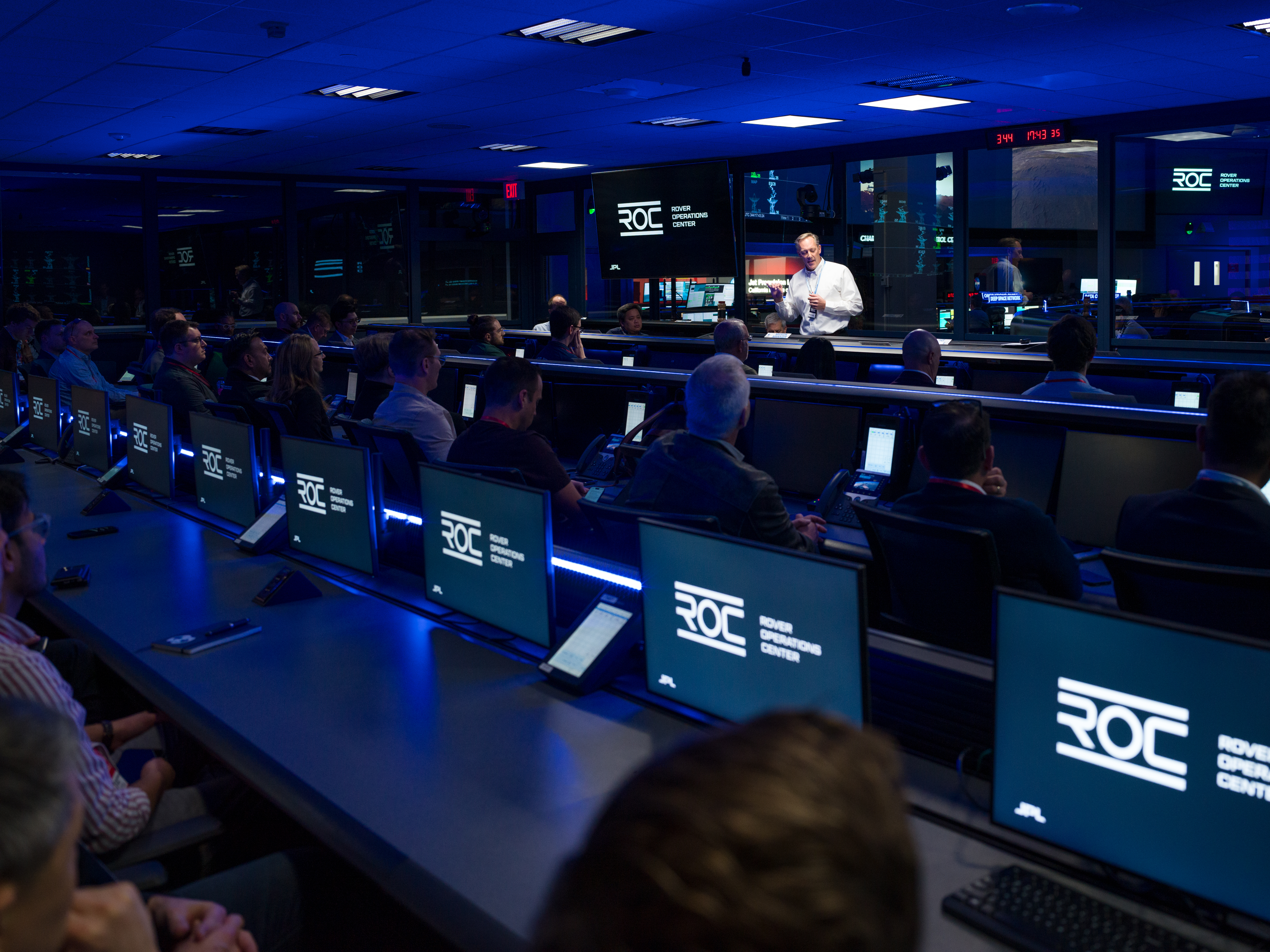Cassini represents a staggering achievement of human and technical complexity, finding innovative ways to use the spacecraft and its instruments, and paving the way for future missions to explore our solar system.
The Cassini-Huygens mission is an international collaboration involving three space agencies, with 19 countries contributing hardware to the flight system. The Cassini spacecraft carries 12 instruments, Huygens carried six more, and scientists from 26 nations are participating in the investigations. Among the many pioneering technologies of the mission are new solid-state data recorders with no moving parts that have since replaced tape recorders, solid-state power switches (space-based versions of circuit breakers), and advanced solid-state electronics.
The spacecraft has over 9 miles (14 kilometers) of cabling and 22,000 connections.
Cassini was able explore the entire Saturn system in a way inconceivable with conventional propulsion. Building on the techniques used by the Galileo mission to Jupiter, Cassini mission planners designed flybys of the moon Titan to utilize the moon’s gravity to navigate around the Saturn system and maximize the science return of the mission. Titan became, in a way, Cassini’s virtual “gas station” since the spacecraft couldn’t possibly have brought enough fuel for a tour this long and complex. Each of Cassini’s 127 targeted Titan flybys changed the spacecraft’s velocity (on average) by as much as the entire Saturn orbit insertion burn. The exquisite optimization techniques developed during Cassini will enable planning for future exploration that can use similar approachs. Chief among these opportunities is NASA’s planned mission to explore Jupiter’s moon Europa using multiple flybys, known as the Europa Clipper.
Over the course of almost 20 years in space, Cassini also showed that you can teach an old dog new tricks, as the mission team found new ways to use its instruments and engineering systems that their designers had not foreseen.
Cassini has required an extremely complex schedule for determining which instrument’s observations can be made at any given moment. Cassini’s intricate observation sequences, often timed to fractions of a second, are frequently planned many months or years before they are executed by the spacecraft. The collaboration between multiple teams with often differing objectives has become an exemplary model for future missions.
Over the course of almost 20 years in space, Cassini also showed that you can teach an old dog new tricks, as the mission team found new ways to use its instruments and engineering systems that their designers had not foreseen. These include using the radar instrument to plumb the depths of Titan’s seas; tasting the plume of Enceladus with instruments meant to sample Titan’s atmosphere; scanning the rings with a radar originally designed to bounce signals off of Titan’s surface; and having the Deep Space Network’s highly accurate frequency reference fill in for the radio science instrument’s lost ultra-stable onboard frequency reference. In a unique collaboration, the attitude control and navigation teams joined with the instrument teams to develop a consolidated model of Titan’s atmosphere. Cassini will finish its mission repurposing the instruments that sniffed Titan’s atmosphere and Enceladus’ plume once more, this time to sample the Saturn atmosphere itself.
The mission has also had some rather surprising earthly benefits. A Cassini resource exchange, created prior to launch to help team members trade and effectively share power, mass, data rates and budget, has become a model for how to manage other types of international collaboration, including carbon trading.
When Cassini plunges into Saturn’s atmosphere, it will have spent nearly every last drop of fuel it’s carrying, a fitting end to a spacecraft that pushed itself to the limit...and in many ways, beyond.






























